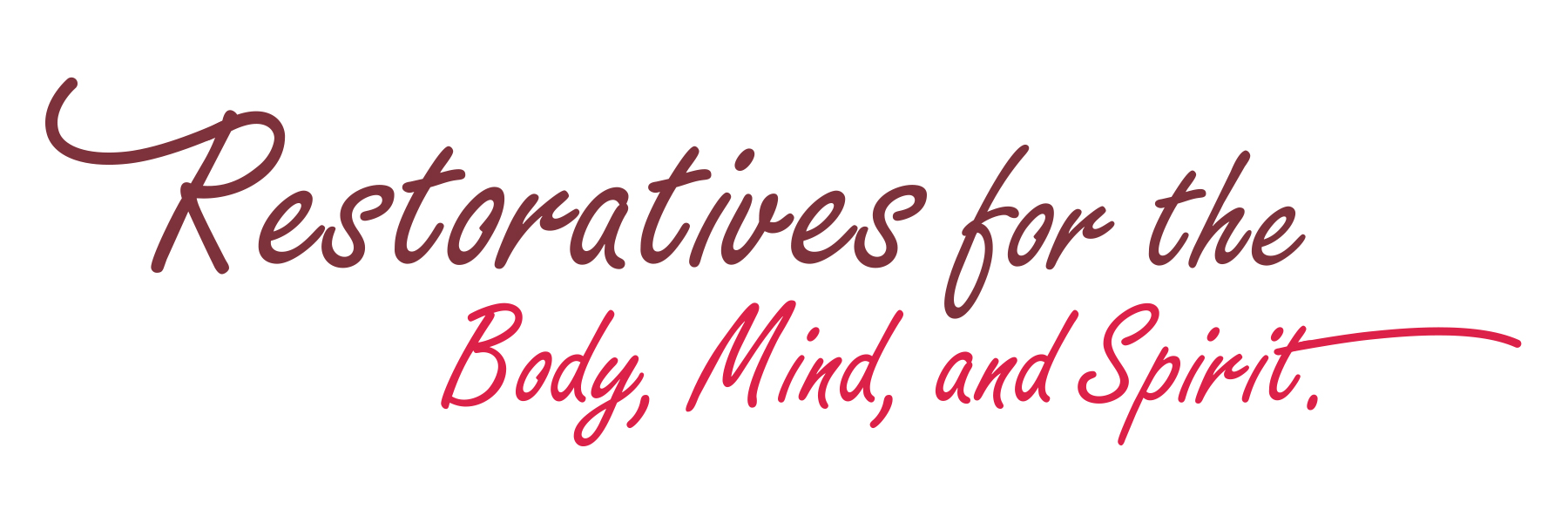I really enjoy doing jigsaw puzzles. I don’t do them nearly as much as I would like to, but once or twice a year, I dump a bunch of pieces onto a card table and give it a go. A few weeks ago I started on new one of a beautiful peacock and all the colorful and intricate feathers. This time I became very observant and engaged in the process of completing the puzzle. I was surprised by the lessons that came from it that are applicable to most things in life.
Observe and consider a plan. From the beginning, it can be overwhelming to see the 500-1500 pieces scattered around on the table. Some of them upside down and everything all mixed up. Life feels like that sometimes with all the pieces scattered and nothing seems to make sense. The only thing to do at that point is to observe and start to consider a plan. The first step is to get all the pieces turned right side up. Once that happens there is a simple set of steps that takes place until the puzzle is complete. Click here to see my steps to solving a jigsaw.
Trial and error leads to success. I like to think I’ll sit down like a boss, have a look at the pieces, and then be able to easily place them in the proper places. This never happens. In fact, the more trial and error that I’m willing to do at each session, the more progress I’m likely to make in the long run. It is necessary to find out where the pieces don’t fit in order to eventually figure out where they do belong.
Progress is progress no matter how small. I work in 5-25 minute chunks when passing through the dining room or when I am in transition of activities or waiting for the dinner to bake in the oven. Sometimes it all goes smoothly and easily and lots of pieces get connected and just seem to fall into place. Other times, I just can’t see it. I just can’t find the right pieces and nothing that I try works. That is so frustrating and then, I spend longer than expected trying more and more pieces. It’s just at those points that I get the greatest satisfaction from fitting just one single piece into place. That’s when it’s all been worth it for that session and I can now move on.
Allow others to pitch in. While this remains mostly my project, it does attract other members of the family as well. There tend to be few days that are super busy and I feel discouraged that I haven’t been having any sessions at all and my progress has come to a standstill. I am very pleased to finally get back to it and discover that someone has sat down and worked though an entire section that has alluded me. In fact, it gives me a huge boost in motivation and makes me feel both connected and supported.
We have all the right pieces, but their placements may be yet to be revealed. For a more complicated puzzle it requires looking at a lot of detail of each piece: the size of the piece, the orientation of the shapes, and the colors on the surface. At some point it actually becomes possible to notice a piece upon scanning and pick it up and put it perfectly into the exact spot that is belongs. When that happens, it feels oh so good! Interestingly, the last 782 times that I scanned that same piece I had no idea where that specific piece belonged. This is partially because the more time I spend with the puzzle the more intimately I know each piece and its unique possibilities. More importantly perhaps is the fact that placing certain pieces only becomes possible after other parts of the puzzle are complete to reveal the placement for the pieces to come. If I were to become stuck on finding a spot for one specific piece, it would be impossible to finish. It makes me wonder what things in my life I may be trying to force into place when maybe I just need to be patient and work on what makes sense in the moment.
Unexpected things will happen. Someone may accidentally knock the table over causing much progress to be lost. A naughty member of the family may hide a few pieces and will eventually put them back. A sneaky piece may have been stuck in a folding of the box. A beverage could spill all over the whole thing. You get the idea. Unexpected can literally mean anything. The only thing to do at this point is keep at it. Do the detective work for the missing pieces, pick up the scattered pieces, clean up any other mess, and get back to it.
Effort will be required until the very end. As I continue to observe the process, I am nearly finished and I think that the end will be super easy and I will just coast through the final dozen pieces. That is far from the truth. The final pieces are the most mysterious and tricky. They require the closest look and the most manipulation as if they are teasing me with their cleverness. It requires that I focus on the purpose that I have to fulfill and have the tenacity to keep on working those pieces up until that last piece has been put into its place.
The pleasure is in the process. And alas, the puzzle is complete! It’s so satisfying; I pause and remain still, staring at the final product in all it’s glory that came together after several days and many, many sessions. I feel a sense of achievement and pride at the accomplishment. Surprisingly, there is an emptiness too, a mourning of a process that is complete. I leave the finished product on the table for a few days and whenever I walk by I stop to admire it. Underneath it all, I would be just as pleased to sit down and work through some pieces and make some progress. With that desire, I clean it up and start on the next project, a new process, and new lessons.







